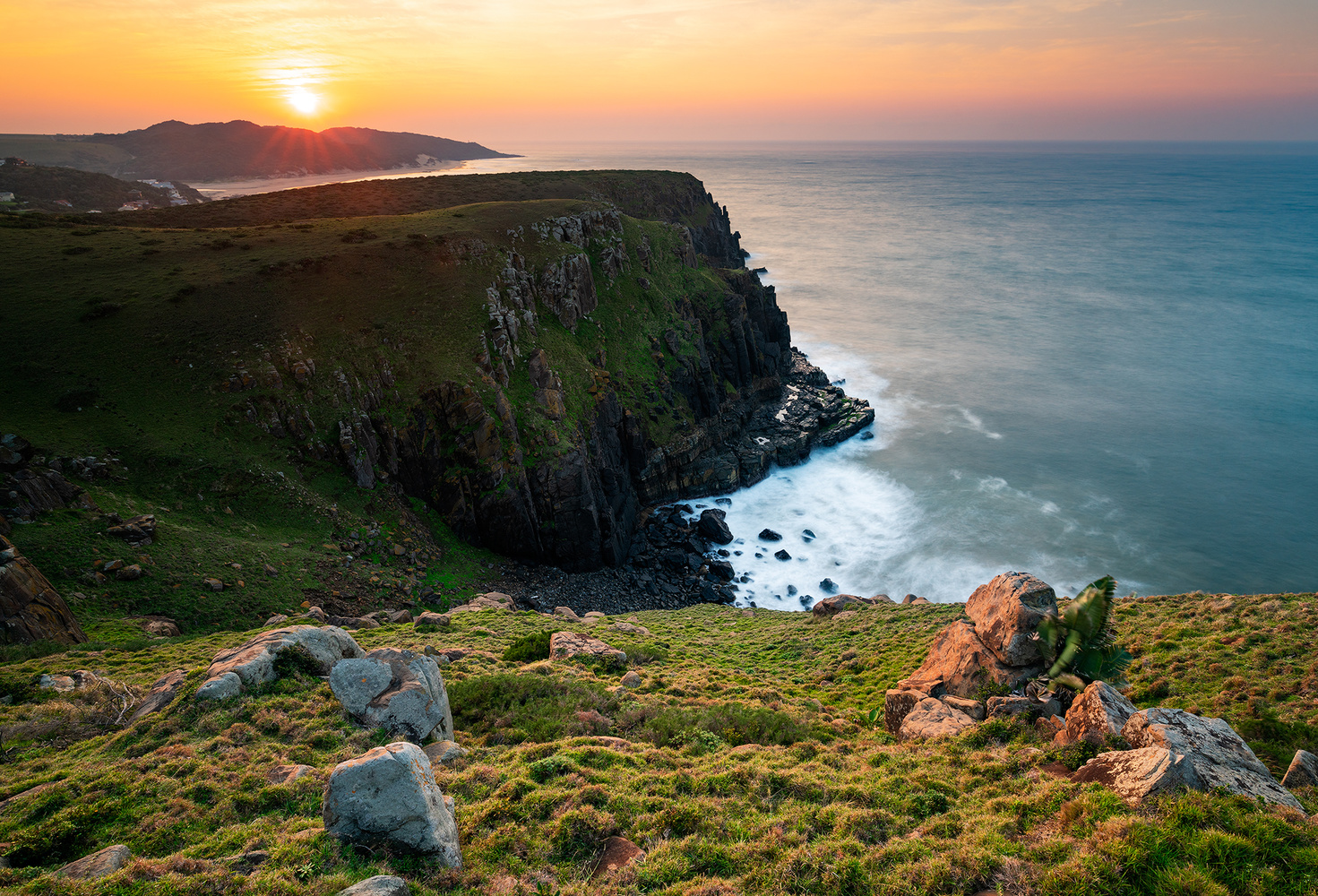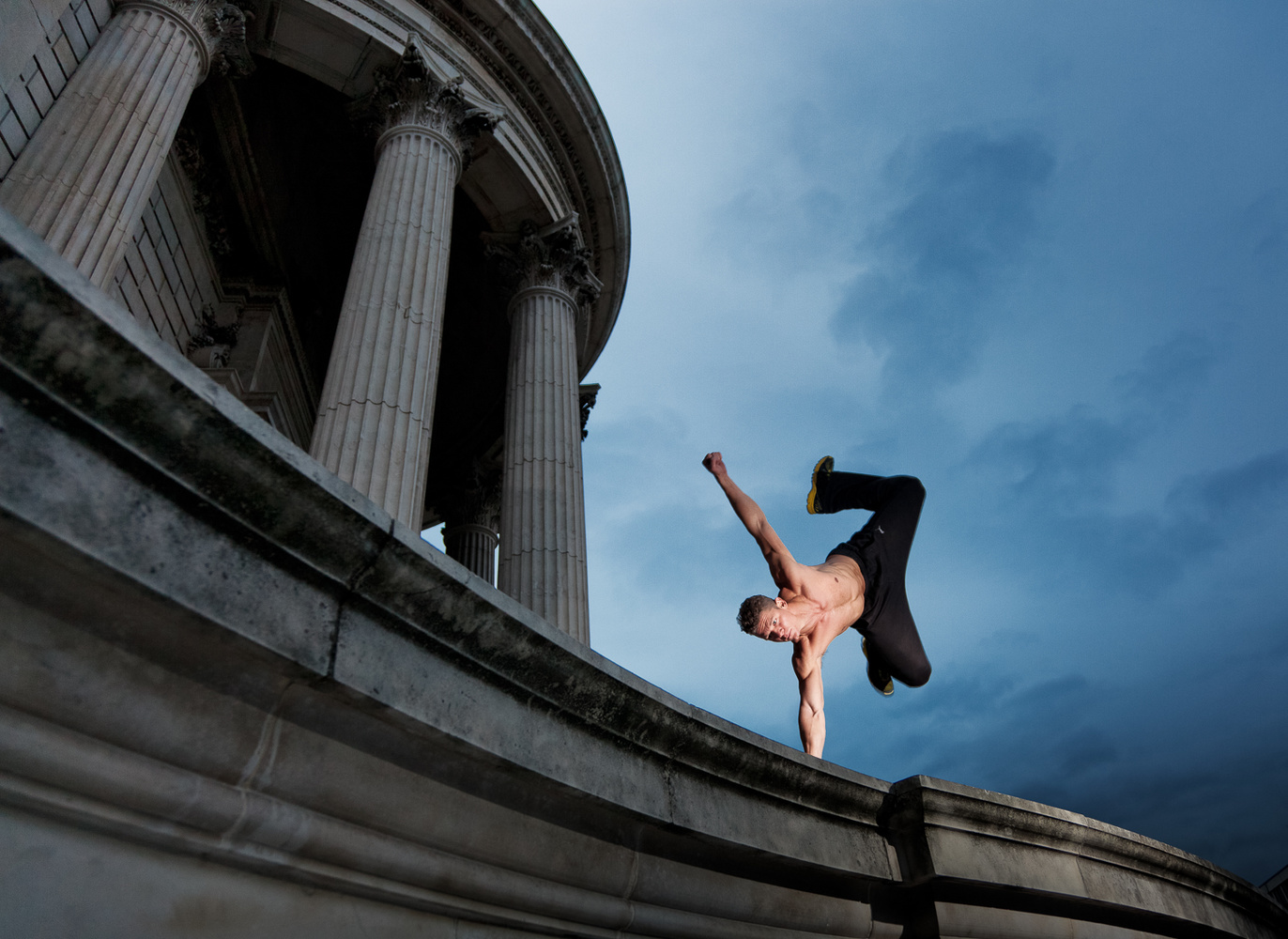I remember the thrill of owning my first camera: the Panasonic FZ20. I was so excited; I didn't need an alarm to get me up for sunrise. How things have changed! These days, if no one is commissioning the shoot I struggle to be motivated. This article tracks how this happened and offers four suggestions on how to keep enjoying photography.
One of the genres I work in is travel photography. For at least 150 days per year, I get paid to photograph the same subject matter that used to get me out of bed before sunrise as a hobby. When I’m working for a client, I work from morning twilight until the end of evening twilight, regularly working 14 hour days. Because I do so much of this for other people, it’s difficult to find the motivation to do it for fun. When we started photography, none of us did it for commissions - there are far easier ways to make money. All of us got into photography because it was fun.
I recognized this problem when I started working full time and took active steps to put fun back into photography. The pay-off exceeded my expectations. Not only am I now having a lot of fun doing both personal and commercial shoots, I also took on new opportunities and launched a new photography business in the process. This is what I did:
1) Change Location
For the first few years of my photography life, I lived in East London, South Africa. The city is known for its beaches and for its proximity to untouched wilderness. As a travel photographer, my job is to capture the essence of a place, answering the question, “why do people visit this place?” Consequently, my body of work was predominantly seascapes. I had reached a saturation point where the thought of photographing another seascape was not enough to get me out of bed.

This is from the cliffs of Morgans Bay, about 40 minutes drive from East London, South Africa. For 300 days a year, you're likely to be the only person there during sunrise.
I moved to London, UK and my enthusiasm returned in full. If you try answer the question, “why do people visit London?”, you get an almost infinite list of subjects. For the first couple of years in London, I wanted to be in the heart of the city taking photographs. No one was paying me for these images and no one needed to. I worked tirelessly until I stopped being a tourist.
Am I suggesting that you pack up and permanently move to a new location? Perhaps, if photography is your career and you find yourself in a rut, but for most photographers, I’d suggest a photography based vacation in an area completely foreign to you. This applies to most genres of photography, not just travel photographers.

When I moved to London, I was introduced to an urban subculture, something I had not experieced at all in South Africa.
2) Start a Long Term Project
At this point in my career, I was working full time as a school teacher. I had a 90-minute commute to and from work every day. This journey took me across London, from one area of the suburbs to another, bypassing the city. For a few years, I spent all my working time in the suburbs and my vacation in another country, working on my travel photography. I had stopped exploring my home city.
I became aware of this when going through my portfolio. I didn't have a single image of London. To remedy this, I started a year long project. Once a week I would explore a location in London and then blog about photographing this location.

Tower Bridge is one of London's most photographed landmarks. While covering it for my London project, I explored different ways to see the bridge. This led to this relatively unique view of the bridge. It is also one of my favourite London images.
This completely invigorated my photography drive. It also had a few positive spin offs.
Firstly, I was contacted by the owners of an app called SnappGuides and given the opportunity to write and develop a guide to photographing London. This is a project that I’m still involved in 4 years later. Additionally, a photo editor at Visit London found my blog and established contact with me. As a direct result of this project, Visit London are now a regular client.
Doing a long term personal project with regular short term goals doesn't guarantee additional clients, but it is a sure fire way to boost your drive. It can also teach you a new skill - in my case, keeping to a weekly blogging schedule forced me into a writing discipline.
3) Explore a Different Genre
Midway through my London project, I was offered an opportunity to work regularly as a freelance travel photographer. This enabled me to quit my teaching job and also ended my London project.
While working as a travel photographer, I was sent to many buildings that were architecturally designed to a contemporary standard. At the time, I had little interest in architecture and my heart would sink when I saw them on the shot list. To try make these days more bearable, I decided to become proficient in the genre. I studied the history and the nuances of architectural photography and invested in some specialist equipment. Before long, I looked through my shot list with anticipation, hoping for some contemporary architecture.
I discovered that my earlier lack of interest was because I hadn't been exposed to the design and architectural world. Once I had a little taste of the genre, I couldn't get enough. This ultimately culminated an architectural photography business.

This is the interior of Roehampton University Library in London. Before developing an interest in architecture, I would have never considered a modern library as subject matter.
I now work professionally in both travel and architecture. I’ve found that I’m able to keep my enthusiasm levels high by consistently switching between the two genres.
It has also had a positive impact on my work. If you look at my travel photography portfolio, buildings make up the majority of my pictures, even though I’ve pulled out most “architectural” images. Likewise, in my architectural photography portfolio, my strongest segment is the cultural section — buildings that have been designed for tourists to visit. The two genres compliment each other.
If you’re getting bored photographing what you do, try dabbling another genre as a hobby. For me, this has been the most effective way of staying passionate.
4) Take Risks
In various stages of my photography life, I’ve discovered a recipe for success. By following the same steps every time, I would be able to replicate my past successes. In terms of consistency, this is a great service to offer a client, but in terms of enjoyment, this can quickly destroy passion for photography, making it a rote job rather than an exciting art form.
Architectural photography is especially susceptible to this problem as most of the time you’re covering square rooms — there are only so many angles that you can cover before it becomes redundant. To break out of this, I added another category to my shot list — unusual images. In a set time slot, I now always allocate time exploring images I would not normally take — images that will probably never be used.

This is a three image stich, taken with an 11mm lens. Every architectural photographer knows not to use extreme wide angle lenses and not to point upwards. The image is full of distortion and not quite symmetrical, yet it was a lot of fun to create.
This approach keeps every shoot exciting. It adds a little “art for art’s sake” to every shoot. Although most of the time, the images don’t work, when they do work, they become portfolio images.
Keep it Fun
I’m certain that if I ask any photographer why they started photography, their story will include something about how fun, interesting or engaging the practice was, how they were instantly hooked. Consider that feeling for a second and ask yourself if you still feel that same level of enthusiasm. If not, perhaps the best thing you can do for your photography this year is to rediscover that “beginner’s love” for photography. First and foremost, photography should be enjoyable.







The best way to become a better happier photographer, is to stop trying to be a better happier photographer!
quit instagram
Haha, you’re onto something
Succinct and good advice. Thanks for the article and may the innerwebs beat a path to your business.
Thanks for the kind words and well wishes Christian!